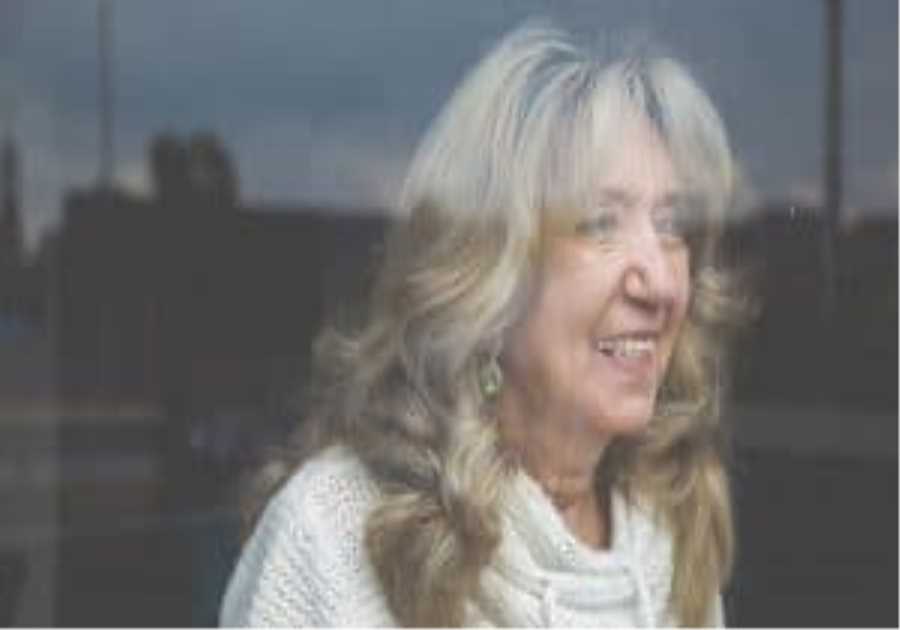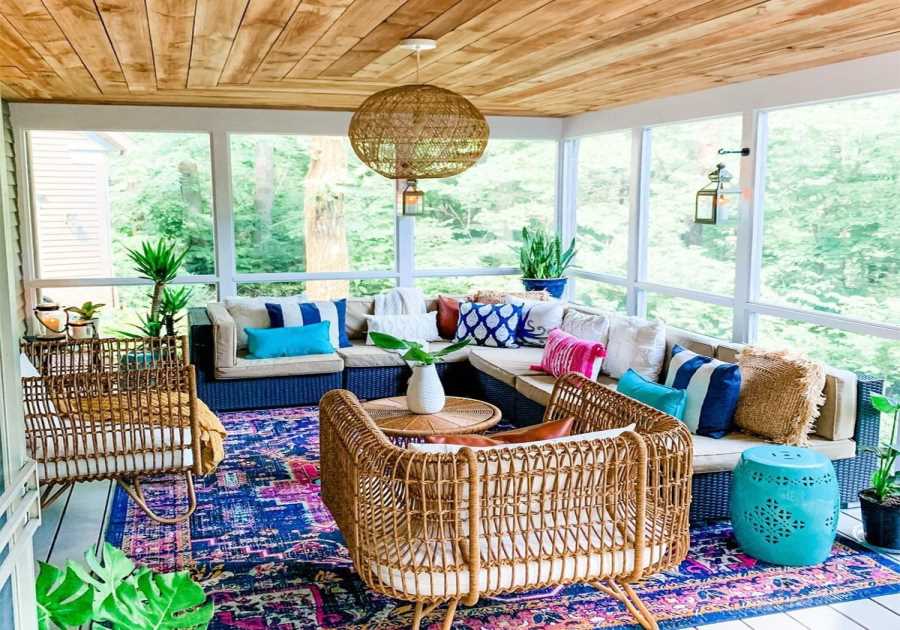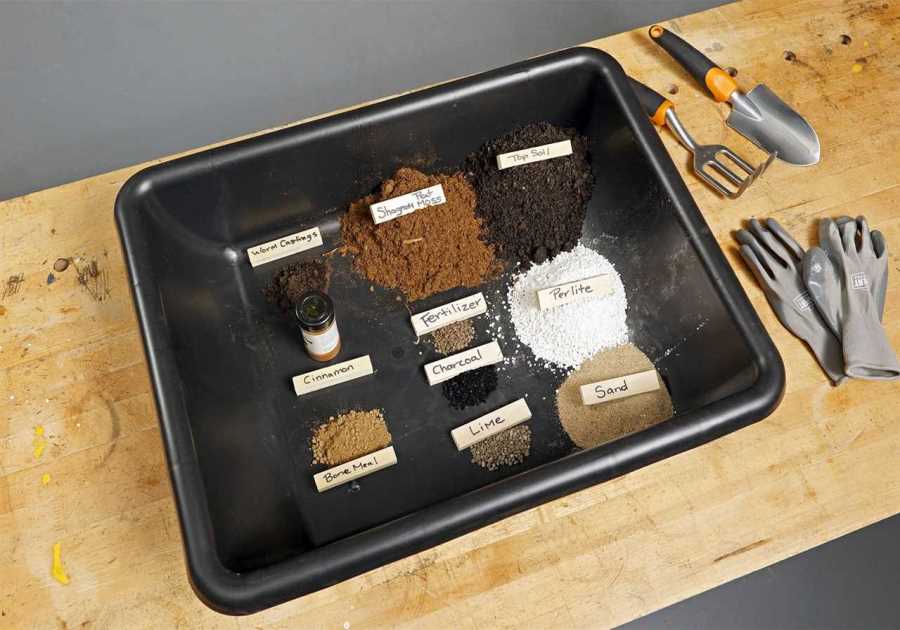It’s 4:00 a.m. on the Big Island of Hawaii. A gentle breeze stirs the morning air, carrying salt and the crows of roosters. Blacksmith Neil Kamimura wakes at his small Kona farm and heads into a self-made forge. Inside this sweltering workshop, Kamimura will spend the entire day firing and hammering steel with his bare hands. “This is one of the oldest ways in the world to make money,” he says. “I beat steel with a hammer.”
The clashing of metals is the true and traditional art of knifemaking.
Kamimura’s chef knives run thousands of dollars—if you’re lucky enough to score one on his website store. With 532K Instagram followers and counting, that’s a lot of fans to compete with. Duly priced, Kamimura may spend anywhere from two days to a week constructing a single knife, depending on the composition and complexity.
“Once the blade is ready, I fit wood to it, grind it, and sharpen it on a rock,” he says. “After that, I sand the 61 HRC steel, starting with 220 grit, taking it up to 4000 grit, using every number in between to get it there—all by hand.” With a devilish smirk, Kamimura suggests anyone questioning the price probably shouldn’t own one of his knives.
“I sell every knife I make,” Kamimura explains. “I don’t collect them. My connection is with the art of what I do. But having a big presence on social media and in the knifemaking community allows me the freedom to do and make whatever I want.”
Knifemaking as therapy
For Kamimura, knifemaking extends far beyond the demanding work of turning steel into beautiful, functional knives. “This is my passion and my therapy,” he says. “My mom suffered from untreated mental illness most of her life and ultimately committed suicide,” says Kamimura. After his mother passed, Neil was afraid he would succumb to his own struggles with depression if he didn’t find a positive way to keep busy. “We’ve had a lot of suicides in my family and I needed to stop that chain of events before it reached my son.”
With newfound inspiration, Kamimura decided to follow in the footsteps of his great-grandfather, a Japanese immigrant and renowned blacksmith. “My full name is Neil Teiji Kamimura—Teiji was my great grandfather,” says Kamimura. “He owned a shop in Hilo from 1930 until 1990 and was the first Japanese immigrant to own a business in the state of Hawaii in 1932.”
Teiji’s original shop sign now resides in the Japanese American National Museum. In his honor, Kamimura stamps a signature letter “T” into every completed blade.
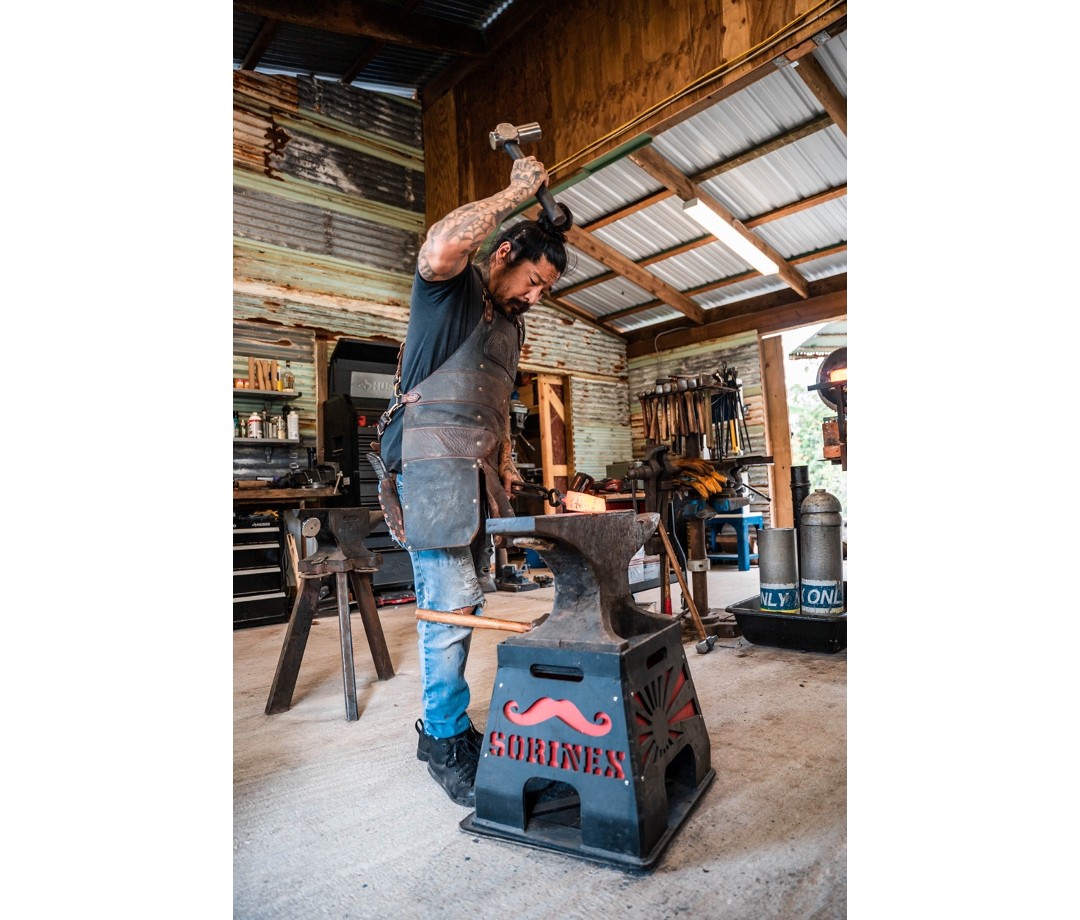
Forged in fire
In his forge, built from “garbage and half a broken anvil”, Kamimura worked day and night for six months straight, emerging with 70 completed knives and a raw but refined skill that earned him a competitive spot on the show Forged In Fire. “I may not have been the most experienced or best knifemaker, but I could forge knives while you sleep, while you’re on vacation, when you’re too frustrated to continue. I won’t go home until the work is done. My talent is horsepower and my determination is torque,” says Kamimura.
Kamimura won the show and was invited back for a championship.
The appearance on Forged in Fire indubitably eased the launch of Kamimura’s knifemaking career. But it was his mental fortitude that enabled him to continue pursuing knifemaking techniques for thousands of hours with limited resources.
“There wasn’t a master bladesmith here on the island to train with, so I ordered a lot of DVDs and read a lot of books,” says Kamimura. “This made it difficult, but also had the biggest impact on developing my own technique and style.”
Special weapons
Among a long list of collectors of Kamimura’s knives, Jason Momoa has not only built up a nice-sized assemblage, but also hired Kamimura to create special weapons for his character, Baba Voss, in the Apple TV+ series See. “Jason has a lot of my knives,” says Kamimura. “But for the show, I made various weapons for him including a katana and the recurve knife he uses at the end of Season 2.” With limited time, Kamimura and his team worked 16 hours a day for three weeks straight. They made a katana, tanto, and wakizashi for the series.
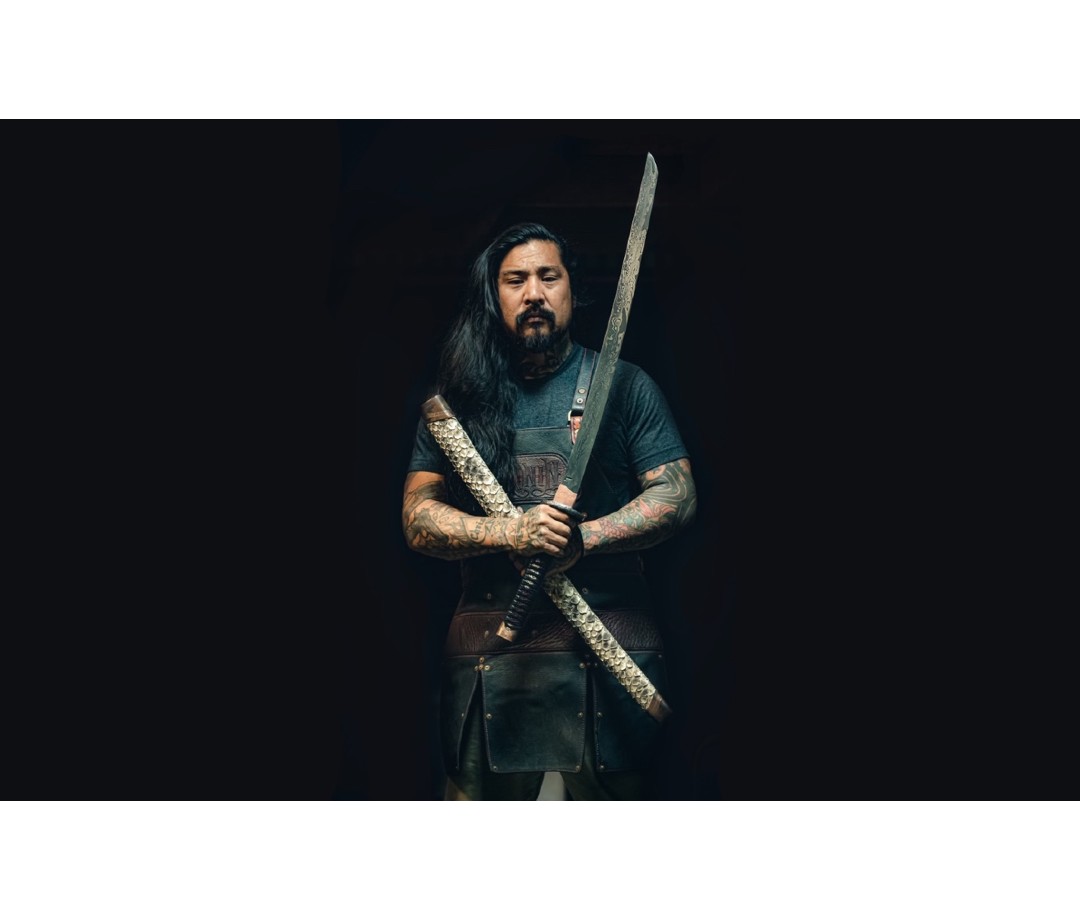
To handcraft a proper sword for Momoa’s character, in a storyline set 600 years forward, Kamimura had to consider materials and how sightless, post-apocalyptic warriors would restore ancient weapons in the future. “I made a Damascas blade. It’s not very traditional, but since it’s in the future, it could be a sword that I made and is restored in this setting. I forged the tsuba from pre-Civil War puddle iron. The saya [scabbard] was also wrapped in python, then stitched with animal sinew. In the end, it turned out to be one of the prettiest things I’ve ever made.”
According to Kamimura, Momoa isn’t the only celebrity who shares an enthusiasm for handmade knives—some even make their own. “I’ve had the opportunity to go out and help ‘Cowboy’ [Donald] Cerrone and Zac Brown set up their shops and bang out some knives,” says Kamimura. With a humble attitude, Kamimura is grateful for these opportunities. “Look, I live on a tiny rock out in the Pacific Ocean. Without the show and social media, I would never be visible enough for these kinds of opportunities.”
Helping the community
Leveraging his rise in popularity and the ubiquitous appeal of his work, Kamimura recently partnered with AmeriBrade to develop the Kamimura Trident Belt Grinder at a reasonable price. “It’s hard to find things that excite me as I get older. For me, it’s using my knowledge and platform to help my community,” says Kamimura. “AmeriBrade helped me develop a better-quality grinder that’s more accessible to a wider range of fellow knifemakers.” Where a decent grinder would ordinarily set the wallet back $2,500, Kamimura’s model, in a single speed option, runs $958.

A return to tradition
Kamimura sees the next phase of his life as a time when he’ll focus on ancient traditions. “In the past, I’ve really concentrated on making chef knives. And now we’re launching my production knives and trade equipment,” he says. “But once that’s in a good place, I want to spend the rest of my life making traditional-style katanas (Japanese swords). That’s my ultimate goal—to be the world’s baddest American swordsmith. The katana is the ultimate weapon and to master making them will take the rest of my life. And that’s how I’ll spend it—a grumpy, old Mr. Miyagi dude, making $100,000 samurai swords [laughs].”
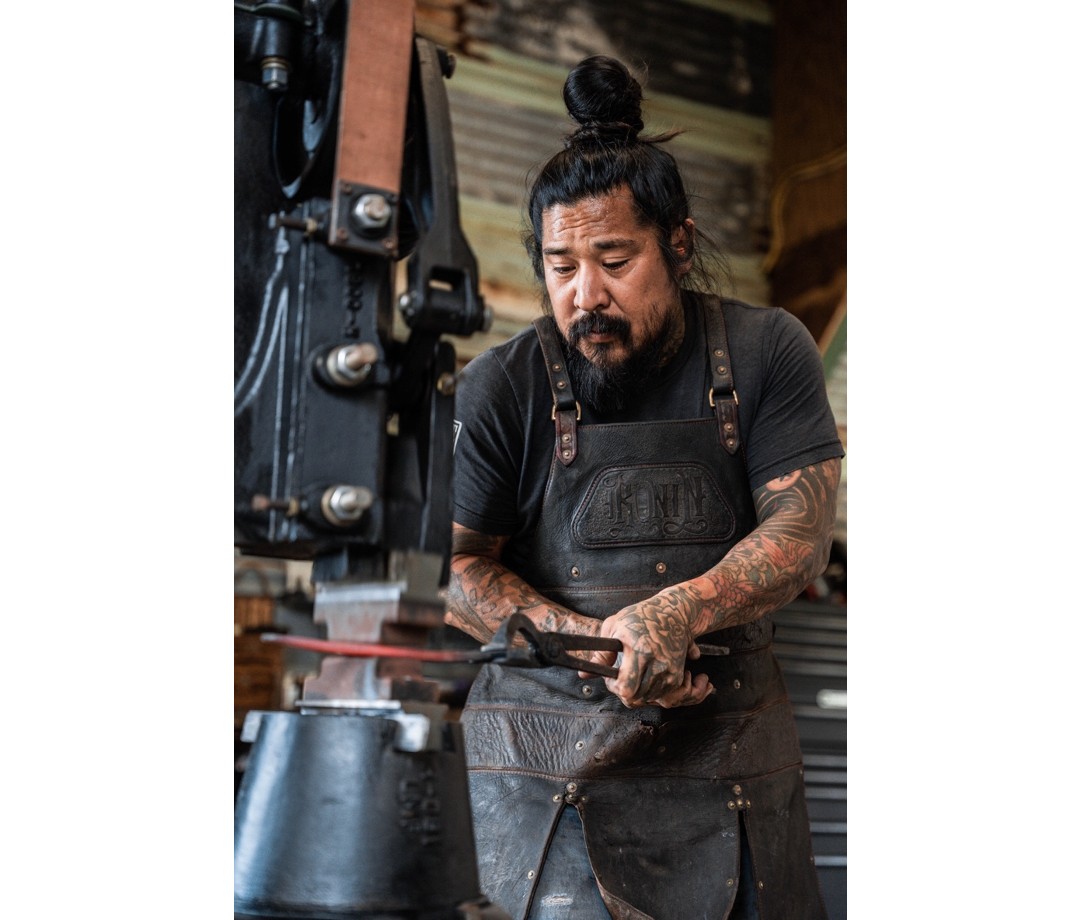
Kamimura evolved from distressed electrician to celebrated bladesmith and respected thought-leader in his community. Because of this, he leans into the importance of sharing his story to help others. Today, he often uses his talent, experience, and spotlight to take on a role as motivational speaker to raise awareness about mental health and suicide.
“Making knives saved my life,” he says. “It’s given me an identity, renewed my purpose, and helped me find calm in the storm. If I can share my stories and touch someone’s heart, it becomes a tool that might help them. That’s why I do it. It’s empowering for all of us.”
-----------------------------
By: Eric Hendrikx
Title: Neil Kamimura: Forging Knives for Mental Health
Sourced From: www.mensjournal.com/gear/for-neil-kamimura-forging-knives-is-his-passion-and-therapy/
Published Date: Wed, 13 Jul 2022 12:38:25 +0000
Did you miss our previous article...
https://conservativedailytimes.com/health-fitness/heres-the-2022-citi-field-food-guide-for-mets-games
.png)

